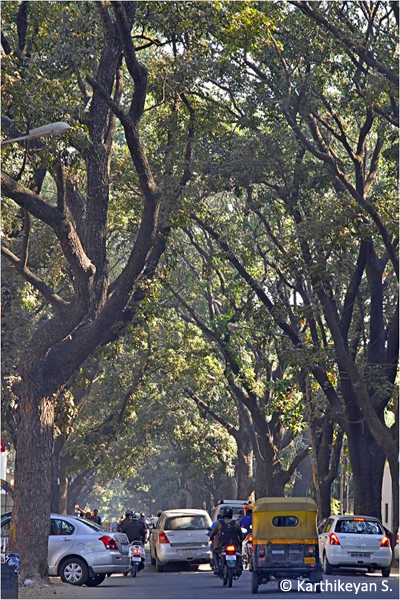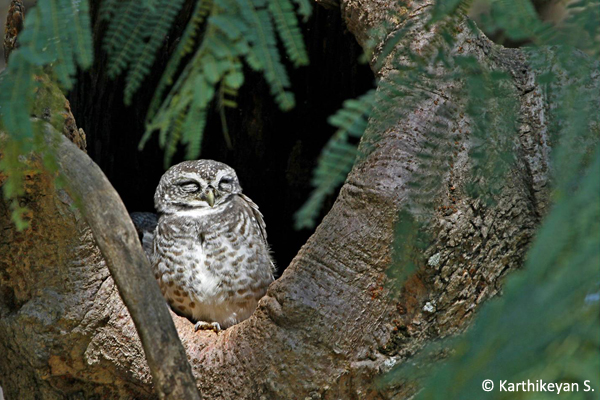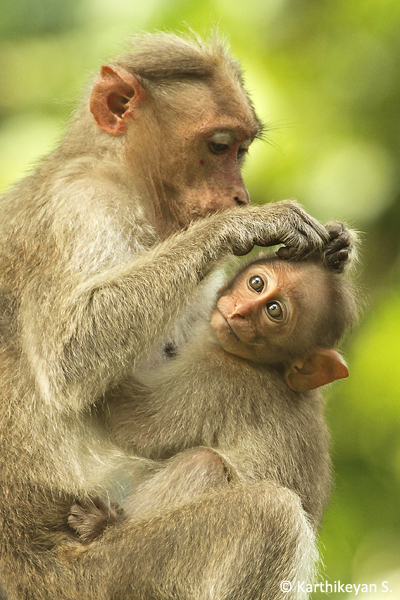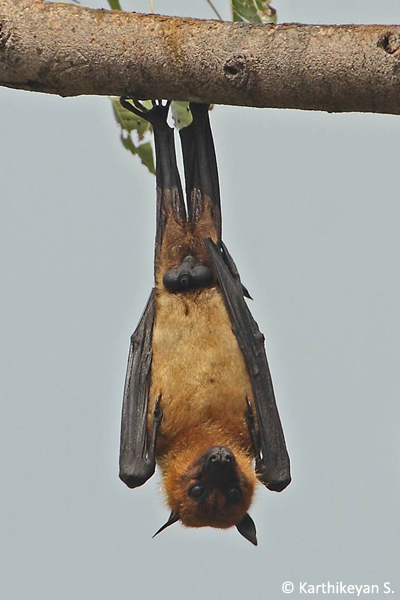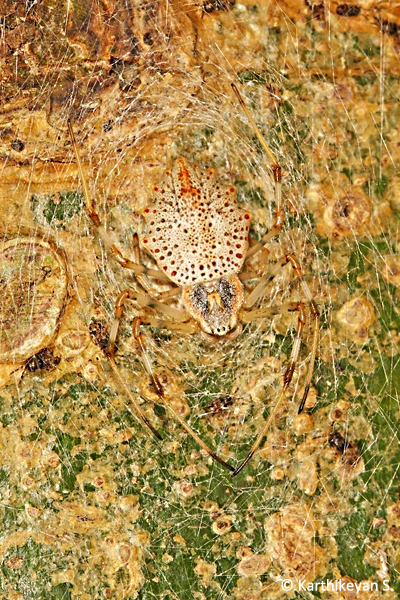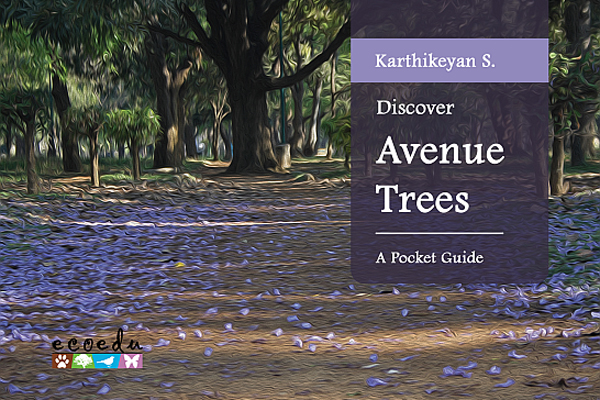An aggregation of trees in an urban environment has a great potential to support wildlife. This can be by way of gardens and parks, or for that matter trees lining city streets. A good diversity of trees will be very useful too.
These trees are crucial habitats for several forms of wildlife. The older the trees, the better they support wildlife. The composition of organisms would depend on the assemblage of plants in any given place. Large parks and gardens connected by tree-lined avenues help in creating a mosaic of habitats for a variety of species to thrive. Several species use this tree / vegetation cover to disperse to newer areas that could be conducive for their survival.
Birds are among the better known group of organisms that are supported by trees in the city. They use trees for roosting, foraging and nesting, besides other things. They also disperse using the cover of these trees.
Macaques and squirrels, among mammals, are better known inhabitants of trees in an urban setting.
One group that is very important and often ignored are bats. Some of the large trees in cities are used by the Indian Flying Fox for roosting.
They move away at dusk in search of fruiting trees. Short-nosed Fruit Bats can be seen roosting amid the foliage of these trees. Many insectivorous bats like the Pipistrelles roost in crevices of trees – particularly the older ones.
Trees provide home for a whole variety of other organisms ranging from geckos, praying mantids, ants, spiders and bugs. Some trees are also larval host plants for butterflies. Carefully choosing trees, and other plants, encourage and support a whole community of butterflies that can liven up our environment and our lives!
Retaining and augmenting trees in the city environment can be very useful to our everyday lives as well. Apart from offering shade, they also have a large role in temperature regulation. Not only do trees provide much needed relief to weary eyes, but they also make life in the city a lot more interesting – a welcome change from the mundane and a breath of fresh air for sure!
These are just a few examples to illustrate how trees are important for the survival of a multitude of organisms in an urban context. If one spends time looking for life on trees, you are bound to be surprised at the sheer variety that manages to hold on – even in cities that at the first glance seem to be very improbable places for wildlife to survive.
This article is an excerpt from the the book – Discover Avenue Trees.
